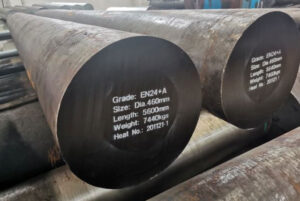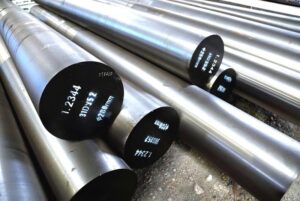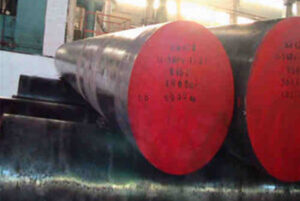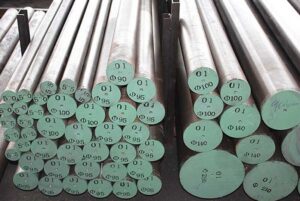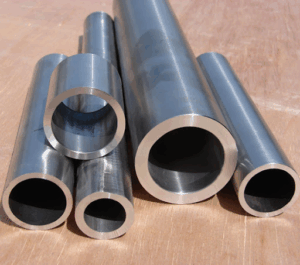Overview
AMS 5617 steel, commonly known as 321 stainless steel, is a titanium-stabilized austenitic stainless steel. This type of steel offers excellent resistance to corrosion and oxidation, making it a preferred material in various industries, including aerospace, chemical processing, and high-temperature applications. What makes AMS 5617 stand out from the crowd? Let’s dive deep into its composition, properties, applications, and much more.
Chemical Composition of AMS 5617 Steel
Understanding the chemical composition of AMS 5617 is essential, as the elements present determine its unique properties.
| Element | Percentage (%) |
|---|---|
| Carbon (C) | 0.08 max |
| Manganese (Mn) | 2.00 max |
| Silicon (Si) | 0.75 max |
| Phosphorus (P) | 0.045 max |
| Sulfur (S) | 0.030 max |
| Chromium (Cr) | 17.0 – 19.0 |
| Nickel (Ni) | 9.0 – 12.0 |
| Titanium (Ti) | 5x(C+N) min, 0.70 max |
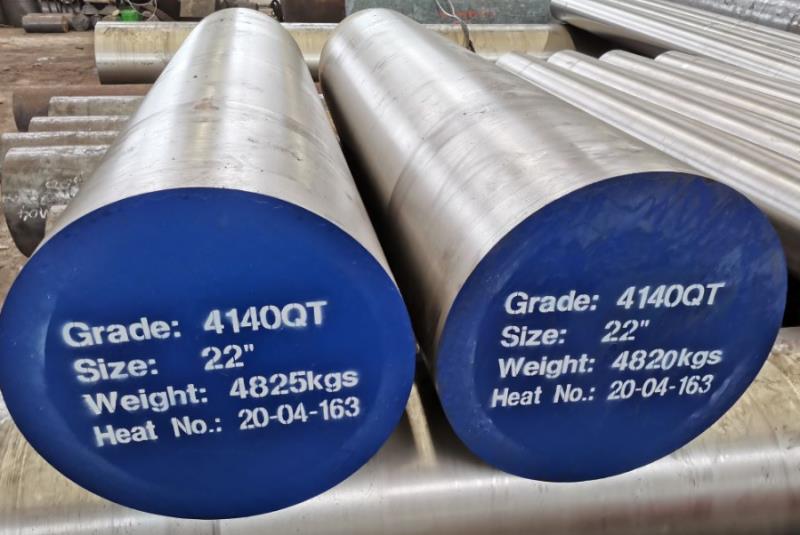
The Mechanical Properties of AMS 5617 Steel
The mechanical properties of AMS 5617 make it suitable for a wide range of demanding applications. Here’s a detailed look at its mechanical characteristics.
| Property | Value |
|---|---|
| Tensile Strength | 75 ksi (515 MPa) min |
| Yield Strength | 30 ksi (205 MPa) min |
| Elongation | 40% min in 2 inches |
| Hardness | 95 HRB max |
| Modulus of Elasticity | 28.0 x 10^6 psi (193 GPa) |
Applications of AMS 5617 Steel
AMS 5617 steel is used in various sectors due to its unique properties. Here’s where you might find it being utilized.
| Industry | Application |
|---|---|
| Aerospace | Engine parts, exhaust systems, aircraft parts |
| Chemical Processing | Heat exchangers, chemical tanks, pipelines |
| High-Temperature | Furnace parts, heat treatment equipment |
| Food Processing | Food processing equipment, storage tanks |
Heat Treatment of AMS 5617 Steel
Heat treatment is crucial in enhancing the properties of AMS 5617. Below is an outline of the typical heat treatment process.
| Process | Temperature (°F) | Cooling Method |
|---|---|---|
| Annealing | 1750 – 2050 | Air cool |
| Stress Relieving | 800 – 1500 | Air cool |
| Solution Treatment | 1800 – 2000 | Water quench |
Suppliers and Pricing Details of AMS 5617 Steel
When sourcing AMS 5617 steel, it’s important to know where to find it and at what cost. Here’s a handy guide.
| Supplier | Region | Price (per lb) | Contact |
|---|---|---|---|
| ABC Metals | North America | $3.00 | [email protected] |
| Steel Co. | Europe | €2.70 | [email protected] |
| Global Alloys | Asia | $2.50 | [email protected] |

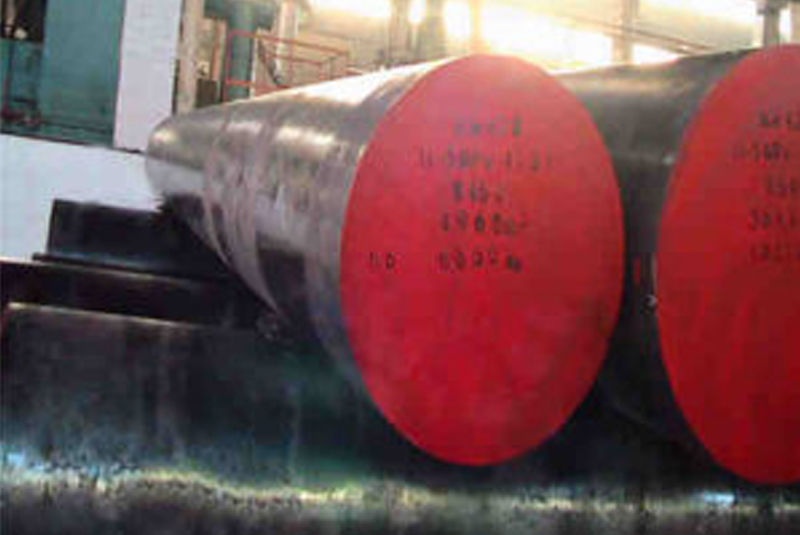
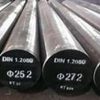
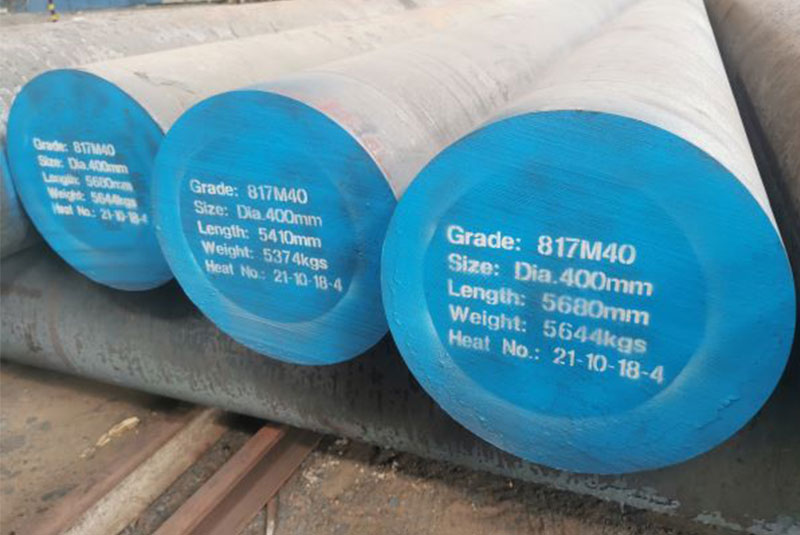
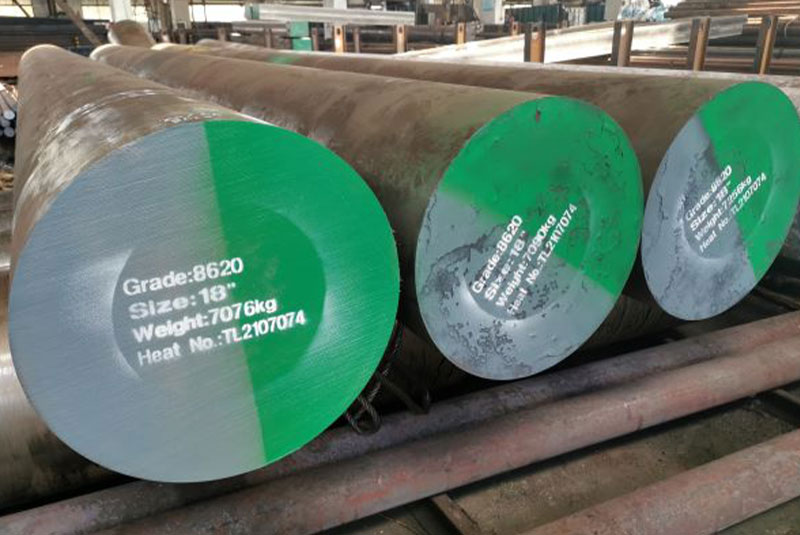
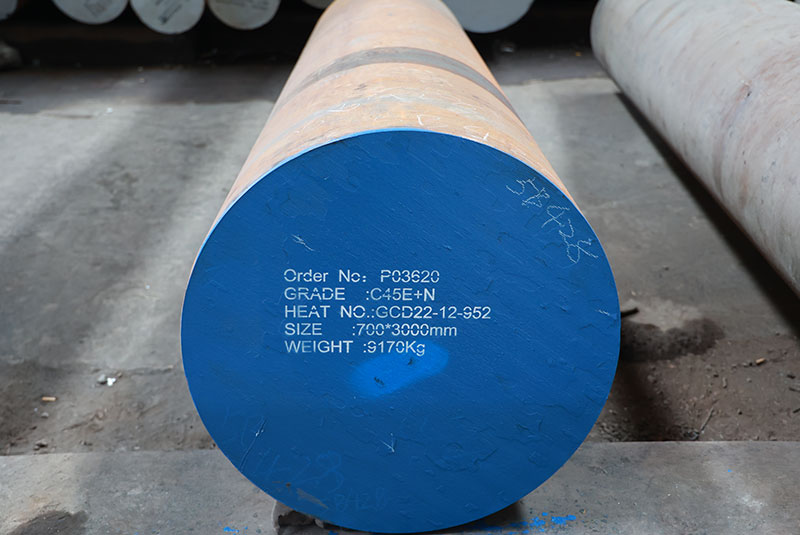
Advantages and Disadvantages of AMS 5617 Steel
Like any material, AMS 5617 has its pros and cons. Here’s a comparison to help you make an informed decision.
| Aspect | Advantages | Disadvantages |
|---|---|---|
| Corrosion Resistance | Excellent in various environments | Not suitable for highly acidic environments |
| High-Temperature | Maintains strength and stability | May require specific heat treatments |
| Fabrication | Good weldability and formability | Requires special handling to prevent contamination |
| Cost | Moderately priced compared to other high-end alloys | Can be more expensive than basic stainless steels |
Comparing AMS 5617 Steel to Other Grades
When choosing materials, it’s essential to compare them against other options to see which fits best for your specific needs. Here’s how AMS 5617 stacks up against other common stainless steels.
AMS 5617 Steel vs. 304 Stainless Steel
- Corrosion Resistance: AMS 5617 is better for high-temperature and corrosive environments compared to 304.
- Cost: AMS 5617 is slightly more expensive than 304 due to its specialized properties.
- Applications: While both are versatile, AMS 5617 is preferred in aerospace and high-temperature applications.
AMS 5617 Steel vs. 316 Stainless Steel
- Corrosion Resistance: 316 has better resistance to chlorides and marine environments compared to AMS 5617.
- Cost: AMS 5617 is often less expensive than 316.
- Applications: 316 is commonly used in marine applications, whereas AMS 5617 is used more in aerospace and high-heat environments.
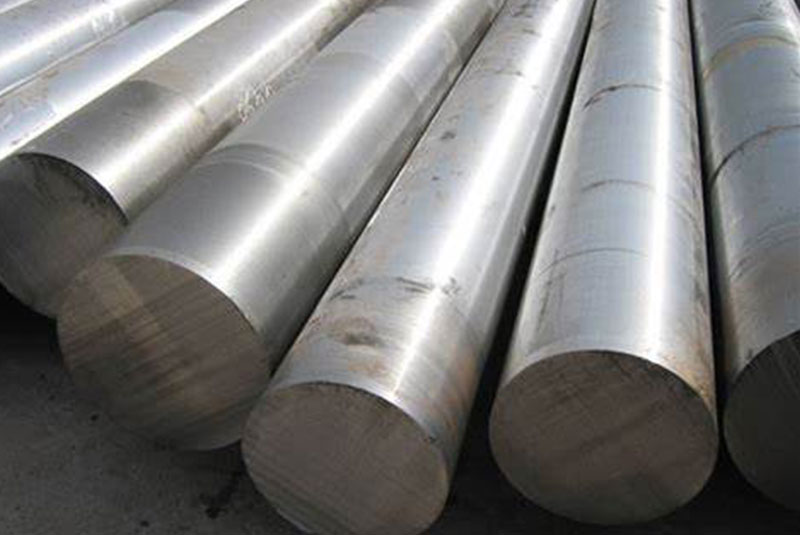
FAQ
| Question | Answer |
|---|---|
| What is AMS 5617 steel? | AMS 5617 is a titanium-stabilized austenitic stainless steel known for its excellent corrosion and oxidation resistance. |
| Where is AMS 5617 commonly used? | It’s used in aerospace, chemical processing, and high-temperature applications. |
| What are the main properties of AMS 5617? | It has good tensile strength, yield strength, elongation, hardness, and corrosion resistance. |
| How does AMS 5617 compare to 304 stainless steel? | AMS 5617 has better high-temperature performance and corrosion resistance but is more expensive. |
| Can AMS 5617 be welded? | Yes, AMS 5617 has good weldability, but specific techniques are recommended to avoid contamination. |
| Is AMS 5617 suitable for marine environments? | While it has good corrosion resistance, 316 stainless steel might be a better choice for harsh marine environments due to its chloride resistance. |
Conclusion
AMS 5617 steel, with its robust properties and versatile applications, is an excellent choice for industries requiring high performance in demanding environments. From aerospace to chemical processing, its superior resistance to corrosion and oxidation makes it a reliable and durable material. By understanding its chemical composition, mechanical properties, applications, and how it compares to other stainless steels, you can make an informed decision for your specific needs.

